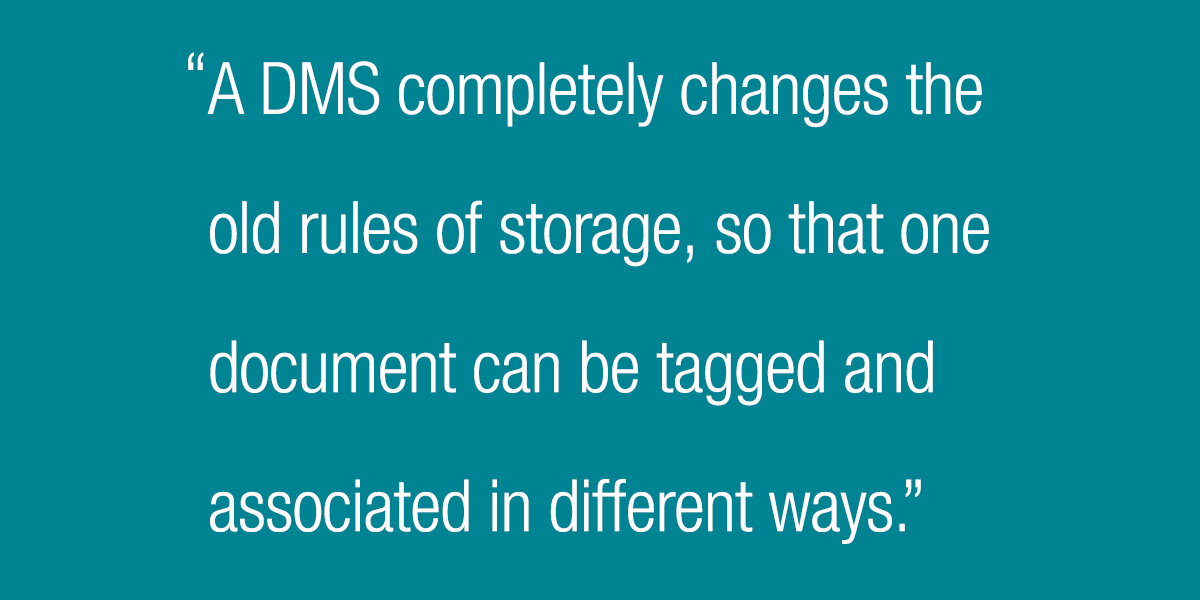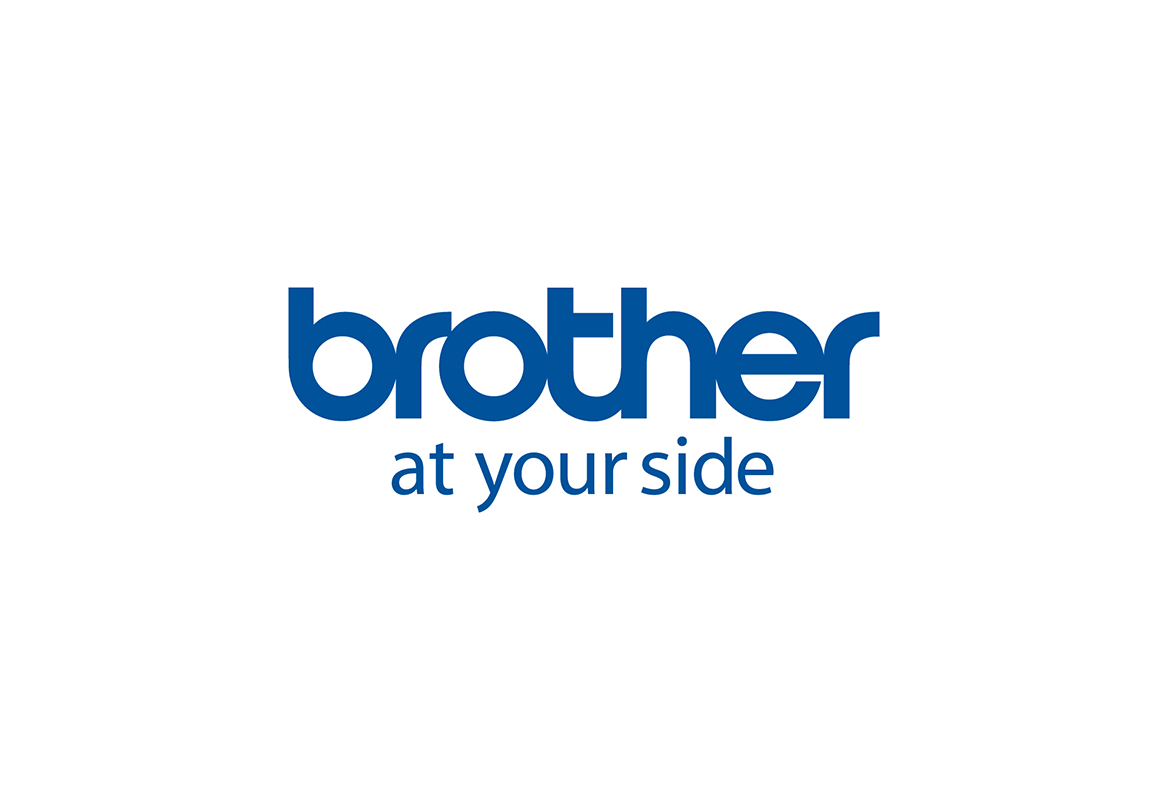
The future of documentation in a paperless world
Switching to a paperless office may sound daunting at first, but companies that take the leap of faith and embrace the new way of working will be rewarded.
These rewards include improvements in efficiency and security, as well as the chance to get rid of all those old filing cabinets.
Data is the fuel that drives all companies, and the businesses that embrace a digital, paperless future are the ones that will thrive and succeed.
Going paperless and implementing a document management system (DMS) can make a huge difference to any company, improving efficiency and reducing cost. Back in 2014, Gartner estimated that the cost to US businesses of filing, storing and retrieving paper was between $25bn and $35bn. That's a huge outlay, and these costs only hint at the complexity and problems involved.
Moving to a paperless world via a DMS is the clear answer for a lot of companies, with huge benefits for those that make the transition. For starters, the filing headache disappears, as vast amounts of expensive real estate no longer need to be set aside for documents. Instead, working with a cloud system, documentation can be kept in its entirety with minimal need for physical space.
Next, digital documentation makes it easier for employees and partners to share, collaborate and interact, no matter where they are located. No longer will you have a scenario where a document is emailed (or printed and sent) to multiple people, with one employee responsible for collating responses and making changes.

A DMS completely changes the old rules of storage, so that one document can be tagged and associated in different ways. Freed from the conventions of physical document management, digital documents can be set to surface in multiple locations without having to make copies.
Digital data is also a lot harder to lose than physical paper. Paper documents can be dropped, thrown away, lost in the post or mistakenly filed in the wrong place. Once you have got a digital document, provided you know what to search for, it is much harder to lose anything. Storing data in a DMS in the cloud makes backups easier: a single fire or flooded basement can no longer wipe out your company’s precious data.
Security is massively improved, too, as it is easier to restrict who has access to certain documents than it is with paper. Digital also gives more control over rights. For example, it is possible to set a document so that it cannot be printed; trying to stop the copy of physical media is practically impossible.
Longevity is also important. Digital data does not degrade, but paper does. With everything stored as zeros and ones, you know that the data you have can last forever. While default expiry dates should be built in for each type of document, with old documents archived to avoid information overload, you know that all of your data is there should you need it.
Businesses often end up with a lot of paper because of the belief that they need a physical signature on documents, such as contracts. Legally speaking, this is not the case, so everything really can go digital. Using technology options like secure send can improve security, reduce costs and cut down on the amount of paper that a company requires.
Digital documentation is also a massive benefit to our increasingly mobile workforce. Powerful, cloud-based DMSs make it easier for mobile workers to get all of the data that they need when they are away from the office. However, mobile workers can also contribute. Thanks to technology such as Brother’s scan-to-cloud, remote workers can convert paper documents to digital ones when away from the office. Once in your company’s system, these new documents can be shared and worked on immediately.
Older documentation should not be ignored, and paper documents need to be digitised for all of the above benefits to be realised. It can be a big problem, and companies need to realise that they need to be patient to see ROI. Moving to a paperless world needs companies to be efficient in their digitisation, converting only the documents that they really need first, discarding out-of-date information that has no value, and only tackling the less critical backlog at a later date.
Powerful enterprise-class scanners that can interface with your DMS are key to this. The best way to progress is to outsource your scanner and printer management to a company that can help you build and maintain a cost-effective system. Experts, such as those at Brother’s Managed Print Services Team, can help you devise a bespoke system to help.
Finally, no business should entirely look to get rid of all paper. Time has proven that this is not an achievable goal. Instead, every business should look to go digital where possible, and reduce printer costs elsewhere through managed print services and smart printers.
Find out more about Brother’s business solutions and how they could be applied in your business.




